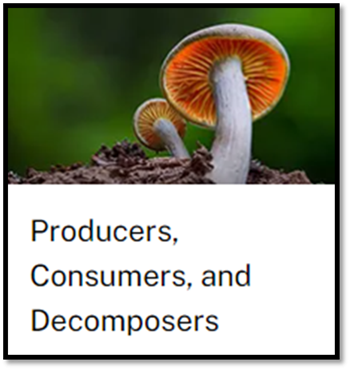Producers, Consumers and Decomposers
Learning
Objectives
By the end of this unit, you will be able to
explain how different types of organisms obtain the food they need by
identifying and describing the roles of producers, consumers, and decomposers
in obtaining matter and energy.
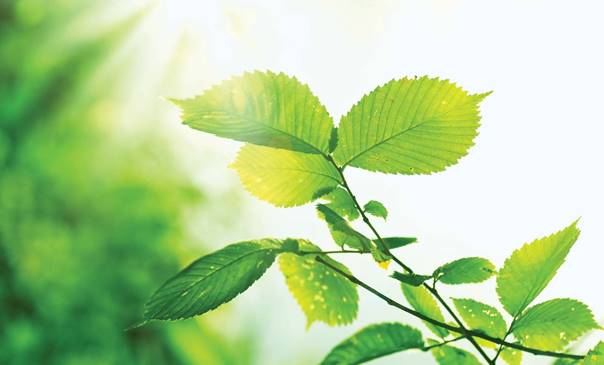
Producers, like this plant, make their own
food using energy from the Sun.
©
Anna Subbotina/stock.adobe.com
Lesson
Summary
This lesson introduces the idea that organisms
get the food they need differently. Through videos, images, and text, you’ll
learn how different types of organisms—producers,
consumers, and decomposers—get the matter and energy they need.
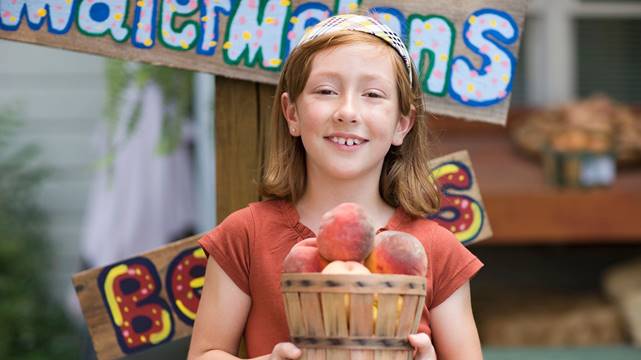
Humans
are consumers. Their bodies don't make food, so they have to get food another
way.
© PictureNet Corporation—DigitalVision/Getty
Images
Key Concepts
1.
Plants and other producers convert matter in the air and water
to food.
2.
Food made by producers is transferred to other organisms
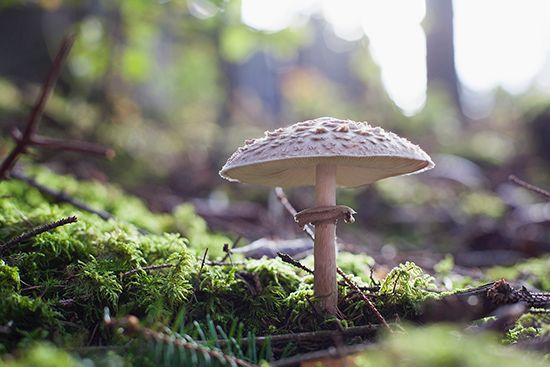
This
parasol mushroom(decomposer) breaks down dead organisms for the matter and
energy it needs.
©
Kathrin Ziegler—DigitalVision/Getty Images
Background
In this lesson, you will explore the
fascinating ways organisms obtain the food they need. Did you know that
different organisms have unique strategies for acquiring the matter and energy
necessary for survival?
Firstly, you will learn about the roles of
producers, consumers, and decomposers. Each of these organisms plays a vital
part in the food chain. Producers
like plants can remarkably convert matter from the air and water into food.
This magical process is known as photosynthesis.
We will unravel the mysteries of photosynthesis, discovering what it requires
and what it produces.
Next, we will delve into the categorization of
organisms based on their roles. It's common for students to think of a food
chain as a linear progression from producers to consumers, often ending with
human beings. However, we must remember that the feeding linkages in a food
chain or web are cyclical. Every organism, regardless of its level, is subject
to decomposition. During this process, the matter and energy within them are
recycled, allowing the cycle of life to continue.
As you progress, you will dive deeper into the
intricate relationships between organisms and their ecosystems' living and
non-living components. By understanding the dependence of organisms on their
surroundings, you will gain a richer understanding of the delicate balance of
nature.
Get ready to embark on a journey of discovery
as we unlock the secrets of how organisms obtain their food. Together, we will
unravel the interconnectedness of producers, consumers, and decomposers,
shedding light on our ecosystems’ remarkable web of life.
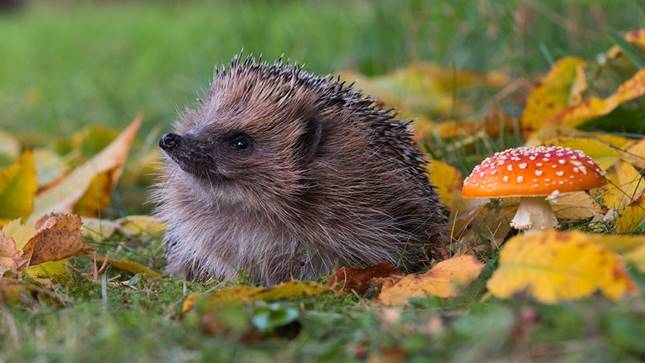
Can
you identify a producer, a consumer, and a decomposer in this photo?
©
Mike Powles—Stone/Getty Images
Expedition Learn
Click on the image to begin your unit.
